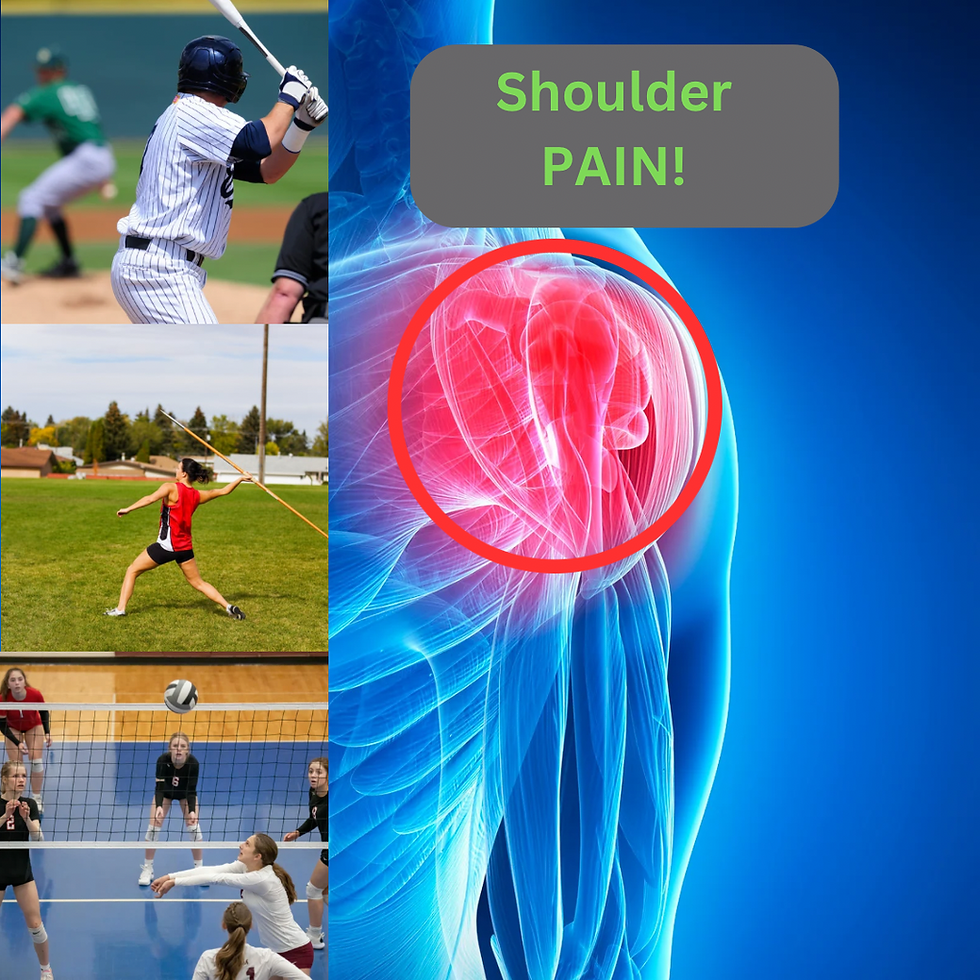Increase Jump Height without Jumping
- josephaohara
- Sep 9, 2024
- 2 min read
Updated: Oct 3, 2024
Volleyball, Basketball, Track and Field, and Ultimate Frisbee athletes are always asking why I don't schedule a large amount of Plyometrics in their routines. Don't get me wrong, we do jump a good amount - just not nearly as much as other programs.
Why?
Their knees and ankles are taking enough of a beating, I don't need to increase the wear and tear of the joints. They jump at practice, they jump when they complete, the weightroom is where they can finally target the jumping muscles and not just JUMP.
Below are 3 methods we use at the club to blow up the vertical of an athlete, all while saving their knees.
Box Squats to calf raise.
This one isn't anything too fancy, just a normal box squat (we tend to vary the box height often). Our athletes will squat on the box using either a bar on their back or a dumbbell/kettlebell held at the chest in a Goblet Squat position. At the bottom, they will hold for a full second and then BAM! Straight to the top with a nice explosion through the feet, causing them to bounce up onto their toes with their heels in the air. From here they will go down very controlled and repeat.
I want the athletes to be able to EXPLODE instantly. The pause at the bottom not only trains the body for a massive boost, but will also reduce sloppiness since the athlete won't be racing through the reps.
Step-Ups, but the bottom leg never fully touches the ground. This one gets harder. Have an athlete place 1 foot on a bench and going into a step up, but at the very most only the toes off the bottom foot will touch the ground. Also, when/if they touch the ground, they can only touch it gently. This will build a lot of control, balance and stability through the legs. On the way up, have the athlete drive the bottom legs knee straight into the chest.
Start with NO WEIGHT and slowly move up. I prefer dumbbells with this one, while some coaches like barbells for these, I just find them too risky especially with HS athletes.
SLEDS!
Heavy sleds dragging behind them for TIME and not distance. They will really start to find out which muscles are lacking during this. Why Heavy? I prefer to not have an athlete run with a sled chugging behind them, pulling at their ankles. Typically, we go HEAVY when the sled is behind and Light n Fast when the sled is in the front. This can vary sometimes, but not often.
Recommended Amazon Finds:
Sled
Dumbbells
Naked Whey Protein
Need some help? Contact us about signing up for a FREE In-Person workout at our club in Narberth, PA: team@oharafitness.net









Comments